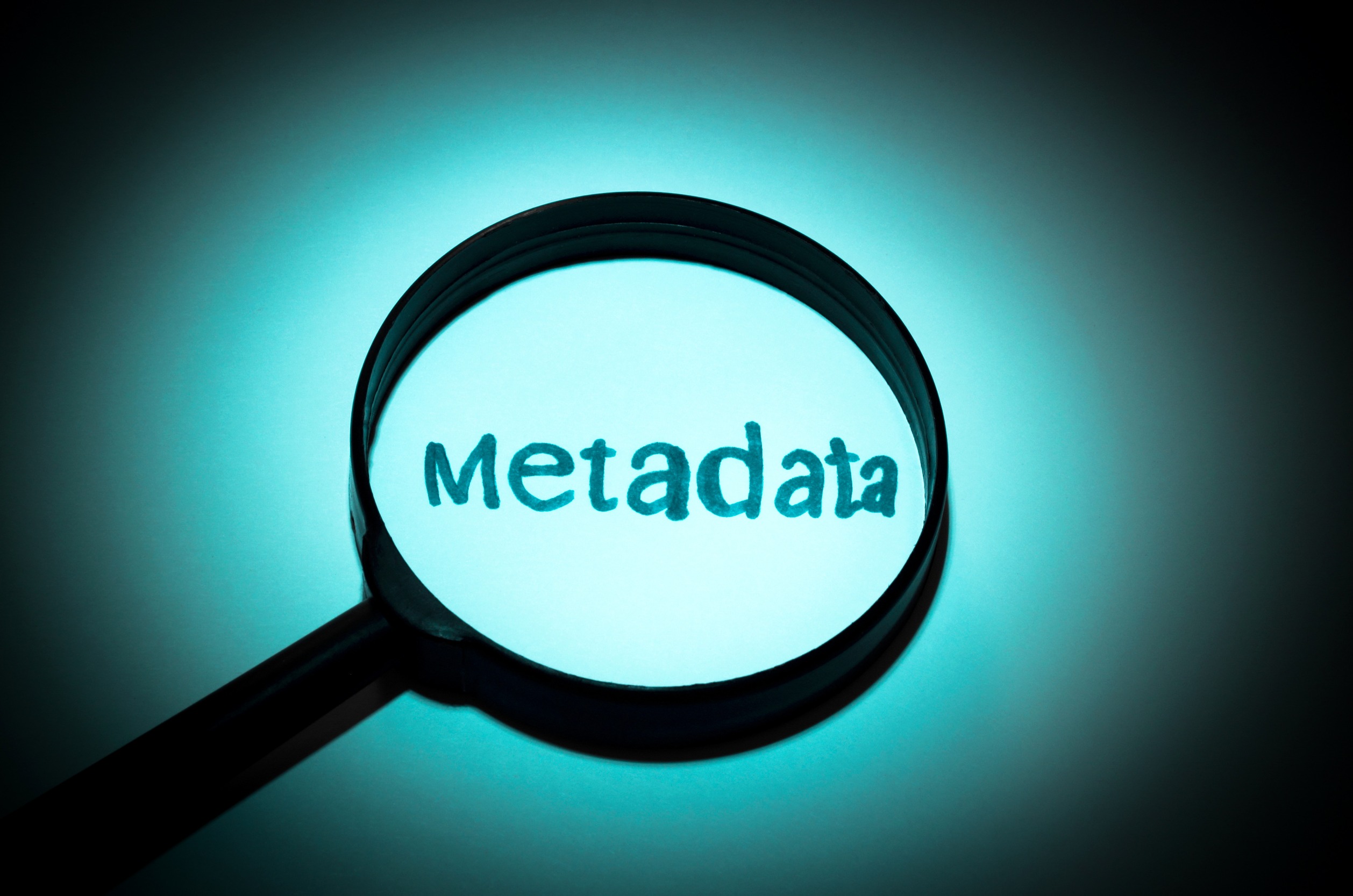Internet of Things (IoT) devices collect mountains of data. A smart thermostat gathers temperature and energy expenditure analytics, while manufacturers use sensors to monitor production line productivity. Metadata IoT promises insights and process improvements for enthusiasts of any skill level and investment.
Managers use it to save millions for their companies, and homeowners employ it for quality-of-life improvements. It is ambitious to sift through metadata in IoT, so what is the most actionable and productive way to manage it?
1. Increase storage capacity
Metadata is different from regular data because it explains what the information contains. It is time-consuming to continuously prune, delete, transfer and oversee metadata IoT. Investing in more storage for years of data is ideal for extending the time frame to deal with it.
However, this strategy requires discipline. It may encourage delaying the inevitable, allowing metadata to continue piling until you develop a habit of only buying more storage when it pushes limits. Expansion should only be a temporary solution for metadata management, mainly if you need adequate time to analyze digital assets.
2. Use sharding
Sharding is like creating more compartments in a storage system but ensuring they are across multiple systems. The data must be cohesive. You must know a little about programming databases to execute it, but automated sharding software is out there. Most of the process involves assigning hashes to data points, which sets them to shard keys. This makes sifting through copious amounts of metadata faster and less cumbersome.
3. Prioritize interoperability
Part of metadata management is being practical and making the time. You also need the right mindset. Knowing the benefits of curating metadata IoT helps motivate continued maintenance, which is a best practice in and of itself. Interoperability is arguably the most powerful benefit of metadata because it allows swifter communications with diverse devices. Regardless of the functionality or purpose of any piece of IoT tech, practicing metadata management improves the efficiency and value of the ecosystem.
4. Employ data minimization
Data minimization is a buzz phrase circling data management, primarily as privacy concerns become focal. It reduces the variety and quantity of saved information. For example, IoT enthusiasts may monitor air quality, temperature, water use and numerous other metrics in their homes. Each machine gathering information collects more than one data stream — air quality equates to humidity and volatile organic compounds, among others.
Every data category has metadata associated with each byte, which further organizes information, increasing complexity. Metadata includes the date and time of collection, the format, and what device collected it. It only scratches the surface of what metadata contains. You must ask whether you need countless analytics for every device or are only interested in a few.
5. Define your goals
Metadata is only relevant if you use the data for an objective. If you do not know what those goals are, you may collect as much information as possible for the sake of it or as a “just-in-case” measure. Metadata curation requires IoT enthusiasts to separate themselves from the excitement of being able to collect data and turn that into action.
What will you use the metadata for, and how does that impact what you store? Is time-stamped metadata more, less or equally important to geotagging? Outlining your goals for usage will make management more targeted and intentional.
6. Define scope
This vague data management strategy is extremely crucial because it reinforces the success of IoT goals. First, you will identify where you want data to come from and how far-reaching those borders are. Boundaries matter because they are an aspect of data visualization and governance, encompassing who has access to the information and the strategies that keep metadata quality high and accurate.
Defining what IoT devices are responsible for what metadata and who has access to those stores is essential. Governance and visibility include IoT peripherals, such as apps or data archives. How are these digital regions controlled for quality?
7. Have a backup and risk management plan
It does not matter if you lead an agency or are an at-home IoT aficionado. The data must stay safe from threat actors, so the best way to manage metadata is to keep it safe with backups and defensive measures. Schedule times to back everything up in protected, immutable environments like cloud storage or external hard drives.
These outside resources need just as much protection as the internal infrastructure storing them in the first place. You always know there are ways to restore your precious information if there is a breach.
8. Work smarter, not harder
While active participation with metadata IoT is vital to management, automating and utilizing tools is a powerful way to reduce stress and increase data accuracy. Metadata management software offers numerous benefits, including:
- Cataloging
- Search functionality
- Data compression for saving space
- Multiple device syncing
- Educational resources
- AI and machine learning-based categorization
- Cloud compatibility and accessibility
Metadata management tools will be worth around $15.1 billion by 2026, demonstrating the importance of how people use the insights IoT provides.
Metadata IoT for efficiency and organization
Everyone involved in IoT has a massive job to fill when overseeing metadata. The information is priceless, giving you industry-level insights about every process in your life, whether your car, home or office. More hands-on practice with metadata management normalizes the procedure, forcing as many people as possible to get used to navigating enormous data wells.
The more practiced humanity becomes, the more likely everyone is to leverage the data for continued IoT improvement.

